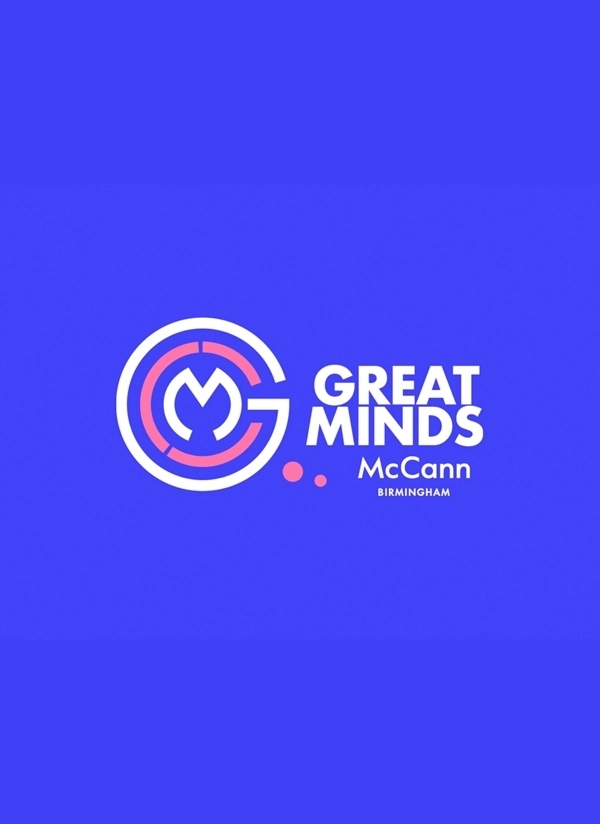Great Minds - Building Inclusive Communications From the Inside Out
Published on 5th August 2022When it comes to inclusive communications, it's crucial to have the right culture, processes and guidelines internally. In our recent Great Minds webinar, we explore inclusive communications both internally and externally.
During the webinar, Tamara Alhuneidi, Employee Engagement Consultant at McCann Synergy, Gideon Wilkins, Group Head of Research at McCann Central, and James Bagan, Strategy Director and Chair of McCann Birmingham Conscious Inclusion Council explain the importance of conscious inclusion and uncover why brands need to first look within to be truly inclusive.
This webinar took place on Thursday 8th September. Missed it? Catch up below.
Everything you need to know: Building Inclusive Communications from the Inside Out
The social imperative to focus on diversity and inclusion (D&I) has increased in recent years, but now companies are recognising that creating a positive corporate culture and diverse workforce isn’t just the right thing to do, it’s essential for business.
Businesses that prioritise D&I not only attract and retain top talent, but they also reach higher revenues, unleash innovation, and can expand their market. At the heart of all this lies successful inclusive communication.
Inclusion Dos and Don’ts
Creating an inclusive internal culture
For many companies, the default first step to inclusion is to try and bolt it on to what they’re already doing. Even if well-intentioned, this can result in an inauthentic 'tick box' approach. To be truly effective, inclusion should be ingrained within your culture and how you operate. If it flows through the DNA of your company, developing authentic and successful inclusive external communications will be far more achievable.
To foster this culture, businesses should look to communicate internally by informing, educating, and supporting all colleagues to adopt inclusive behaviours in all aspects of their working lives. They should also give individuals a voice and a sense of belonging through access to leadership, safe spaces and influencing change.
Using employee insights, developing a diversity strategy and keeping D&I on the agenda will help businesses develop an inclusive internal culture which feeds into positive external outputs.
Have agreed inclusivity standards and guidelines
Agreed standards and guidelines are crucial in not only ensuring comms are inclusive, but that the responsibility to review content doesn’t fall on the shoulders of those who may have a personal interest or connection with D&I. Access to appropriate tools means teams can get the right advice without relying on one person to ‘sense check’.
Platforms such as EqualWeb can be used to check content for accessibility issues including language, visuals or format which may exclude some people. The Flesch-Kincaid scale is also useful for ensuring the language used in content can be understood quickly and easily.
Guidelines to consider
1. Words and phrases – avoid acronyms and jargon and remain mindful of metaphors and idioms that may not be understood
2. Text and structure – high-contrast colour text vs background, sans-serif font and 12-point font or larger are most accessible. Also consider using headers and sub-content to provide structure
3. Video – include captions and transcripts and avoid flashing lights (without warning)
4. Images – high colour contrast images with informative Alt-text are best. Text on top of images without strong contrast should also be avoided
5. Social media – use emojis and hashtags at the end of the post rather than within sentences or paragraphs
Identify who/how your category/brands impact specific groups
Identifying a brand’s impact on specific groups early in the communications planning process is essential. Inclusion can’t be considered just as an ad is about to go live, so be intentional and look for bias from the start.
Research also plays an important role in this process. The responses of relevant, potentially excluded audiences should be amplified, either by increasing the sample size or by listening more attentively. Businesses should also consider adapting the types of questions they ask, using more proactive and open questions, and ensuring the research itself is inclusive. For example, if using videos within research check that they have audio description.
Inclusive communication is an incredibly broad topic, and the first step on a business’s journey to inclusion is an important one. By building an inclusive internal culture, having agreed to inclusivity standards and guidelines, and understanding the impact of brands on specific groups, businesses can achieve a great deal.



